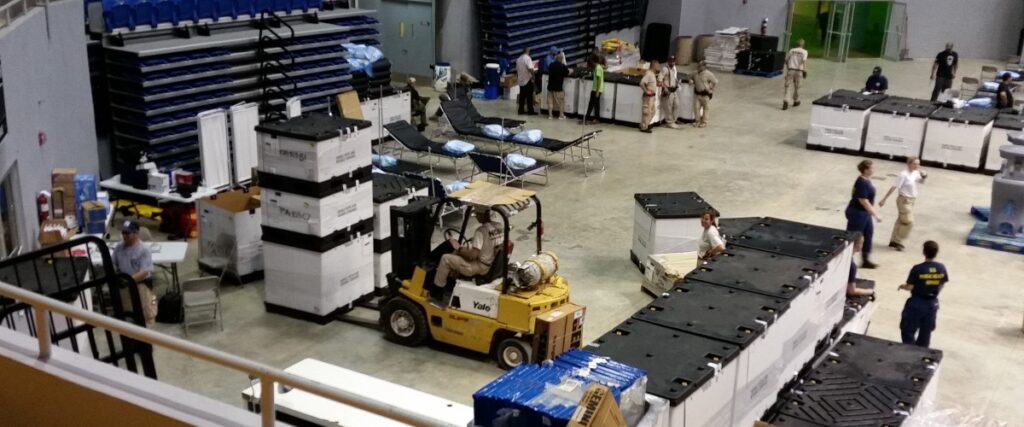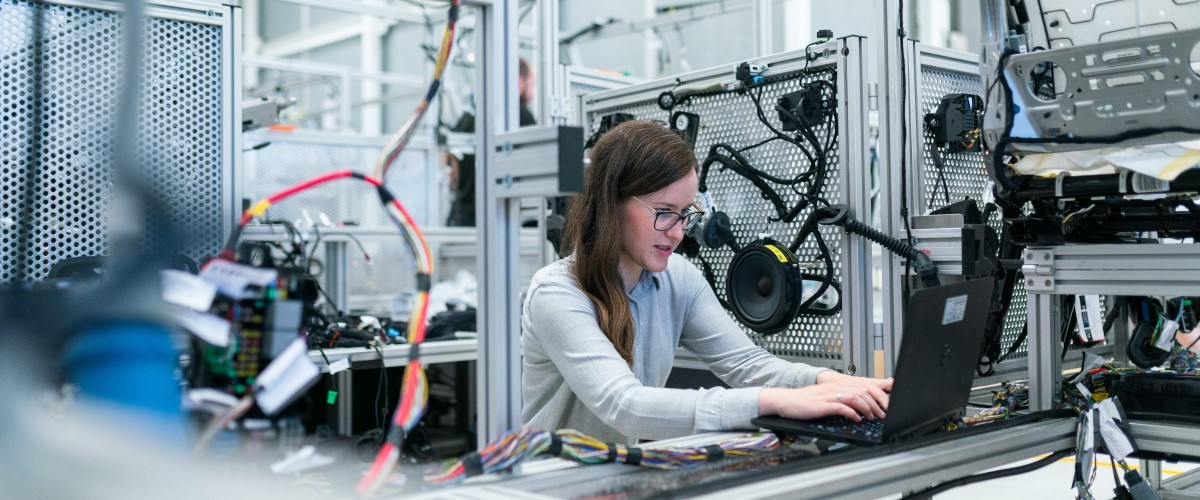At the beginning of 2021, 9 months into the pandemic, McKinsey published an article outlining trends that will define 2021. One of these trends was the movement from the popular management philosophy of Just in Time (JIT) towards what they called Just in Time Plus (JIT+). Now that we are two-thirds the way through 2021, we are seeing how accurate McKinsey’s prediction was and how many of our clients are moving in this direction.
The just-in-time methodology has been adopted widely in manufacturing and logistics for decades. Originating in Japan in the 1950s and made famous by Toyota, it spread to Western factories by the 1980s. The core idea was that parts and products are manufactured and transported just before they are actually needed, minimizing the amount of inventory and warehousing space a business needs.

What the COVID-19 pandemic revealed was vulnerabilities in the long and complicated supply chains of many businesses. When a single country or factory shutdown, like it did during the last 18 months, a critical component would not be produced, which caused production to halt. With the pandemic affecting countries at different times, this caused a nightmare for executives.
In preparation for the future, many businesses are developing and adopting JIT+, where the “plus” stands for “just in case”. It’s a more sophisticated risk management system, based on these three realizations:
1. Disruptions Will Happen
Any company can and should expect a shutdown that lasts a month every 3.7 years. These realities of shutdowns should be managed as a risk of doing business.
2. Cost Differences between Developed and Developing Countries are Shrinking
Over the last few decades, the cost of manufacturing in developing countries has steadily increased. The advance and adoption of technologies like analytics, advanced robotics, data, and 3-D printing (dubbed Industry 4.0 principles) can offset the labour-cost differential between developing and developed countries. That gap narrows even more when businesses take into account the benefits of end-to-end optimization.
3. The Value of Understanding the Entire Supply Chain
Many businesses don’t understand what happens further down their supply chain, where smaller and lesser-known businesses might play critical roles. This is also where most disruptions originate. Two-thirds of companies do not have business continuity plans if the operations of their smaller suppliers are interrupted. With the development of data analytics and AI, companies can learn more about and connect with their entire supply chain.

This doesn’t mean that multinationals are moving all their manufacturing back to their home countries. The changes in JIT+ will takes years to make. But the scale and impact of the changes could impact as much as a quarter of global goods exports, or $4.5 trillion, by 2025.
—
Source:
1. The next normal arrives: Trends that will define 2021 – and beyond, McKinsey & Company, January 4, 2021. Accessed Aug 9, 2021.


